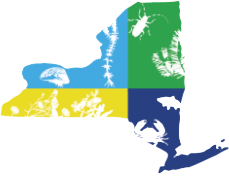Biodiversity and Conservation
The role of protected area zoning in invasive plant management
Biological Control
Biological Invasions
Biotic resistance and the spatiotemporal distribution of an invading woodwasp, Sirex noctilio
Fish behavior in elevated CO2: implications for a movement barrier in flowing water
Diversity and Distributions
Predicting global ascidian invasions
Ecology
Ecosphere
Impact of an invasive alien plant on litter decomposition along a latitudinal gradient
Forest Ecology and Management
Global Change Biology
Is salinity an obstacle for biological invasions?
Global Ecology and Conservation
Journal of Applied Ecology
A history of ship specialization and consequences for marine invasions, management, and policy
Journal of Aquatic Plant Management
Field-based comparison of herbicides for control of parrotfeather (Myriophyllum aquatium)
Journal of Ecology
Journal of Plant Ecology
Journal of the Entomological Society of British Columbia
Natural Areas Journal
Plant and Soil
PLoS One
PNAS
Predicting tipping points in complex environmental systems
Science and Culture: Painting with invasive pigments
Restoration Ecology
Microwave soil heating reduces seedling emergence of a wide range of species including invasives
Piscicide impact extends beyond targets and toxicity
Scientific Data
Introducing the Global Register of Introduced and Invasive Species

